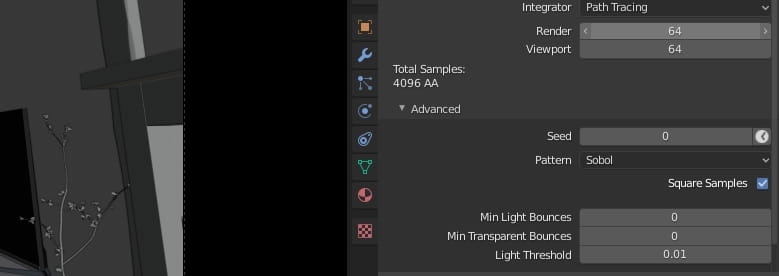

- How to use denoiser 2 how to#
- How to use denoiser 2 generator#
- How to use denoiser 2 pro#
- How to use denoiser 2 software#
The Signal Generator can also be used for important sequential editing tasks, from inserting silence to repairing DC offset. Signal Generator: Create precisely accurate test tones, calibration tones for post production delivery specs, “bleep” tones eliminate obscenities in a dialogue edit. EQ Match presets to quickly match the spectrum of your audio with anything from top quality VO recordings, to counteracting the boxiness of lavalier microphones.Ambience Match presets with a wide variety of ambient sound beds suitable creating the illusion of locations as diverse as forests, jungles, oceans, planes, warehouses, factories and more.De-plosive presets to quickly and intelligently identify and remove plosive/air pops and mic bumps in a dialogue or vocal recording.Leveler presets to transparently smooth out volume inconsistencies while simultaneously de-essing and de-breathing for complete, polished dialogue edits.Fix everything from digital interference, mouth and mic noises, background noise, inconsistent volume levels to headroom and clipping issues with a single mouse click. Module Chain presets offering complete dialogue and music editing workflows.Corrective EQ presets to help mitigate unwanted resonances, codec compression artifacts and proximity issues.Presets: For the ultimate in sound quality and workflow efficiency, RX 5 Audio Editor includes 60 new problem oriented presets across several modules, including: In addition, the Digital filter shapes allow for more precise cuts than previously possible. Beyond a traditional equalizer, the Corrective EQ offers both an Analog and a Digital mode, in addition to remarkably high (up to 400) Q values for precision filtering of problem frequencies. Salvage recordings of dialogue containing too much reverb/acoustic space without needing to spend time/money on a reshoot or ADR.Ĭorrective EQ: Remove harsh high frequencies and whines, rumbles, resonances, distortion artifacts and accurately hone in on any problem frequency areas.
How to use denoiser 2 pro#
Clip-by-clip and handles support added for the most efficient Avid Pro Tools post production workflow available.ĭe-reverb: Reduce some of the reverb from a recorded space in order to make the dialogue useable. Seamless Integration: Sync and integrate the power of the RX Audio Editor with any DAW or NLE timeline using RX Connect. Whatever the multiple editing tasks, they can now be accomplished in a single mouse click to fire off all of your editing tasks at once. Module Chain: Remove distortion, clicks, interference, background noise, smooth out inconsistent volume and ambience. From unwanted cough to scene-interrupting siren, instantly paint away any audio problem in RX 5's Audio Editors spectrogram. Instant Process tool: The one-click magic eraser for your audio. Repair, enhance, and restore problematic production audio - from plosives to microphone bumps to inconsistent levels - and dramatically improve sound quality and clarity.
How to use denoiser 2 software#
When unwanted background and ambient noise threaten the quality of vocal recordings, the.Įnhance your audio and video editing software with the unique tools and groundbreaking new improvements of RX 5 Audio Editor noise reduction software. Dialogue Denoiser - Restore problematic vocal or production audio recordings in real time Now available in both RX 4 and RX 4 Advanced, the low-latency Dialogue Denoiser is the most powerful denoiser focused on real-time vocals and dialogue treatment. With RX 8, we’ve created new tools and improved beloved modules to help you accomplish more in less time than ever. RX has long been the go-to audio repair and polishing suite for film, television, music, podcasts, video games, sample libraries, and more. This shows the amount of noise reduction processing being applied to your signal.

The Gain Reduction Region is the area between the Input and Output Spectra. The Output Spectrum meter shows the level of the signal at the output of the denoiser filters.

The Input Spectrum meter shows the level of the signal at the input of the denoiser filters. Stationary noise can include tape hiss, microphone hum, power mains buzz, camera noise and other types of noise that. Denoiser is designed to reduce stationary noise, including broadband noise, in audio signals.
How to use denoiser 2 how to#
For more information on how to use Denoiser see the Users Guide. This page contains reference information about this module.


 0 kommentar(er)
0 kommentar(er)
